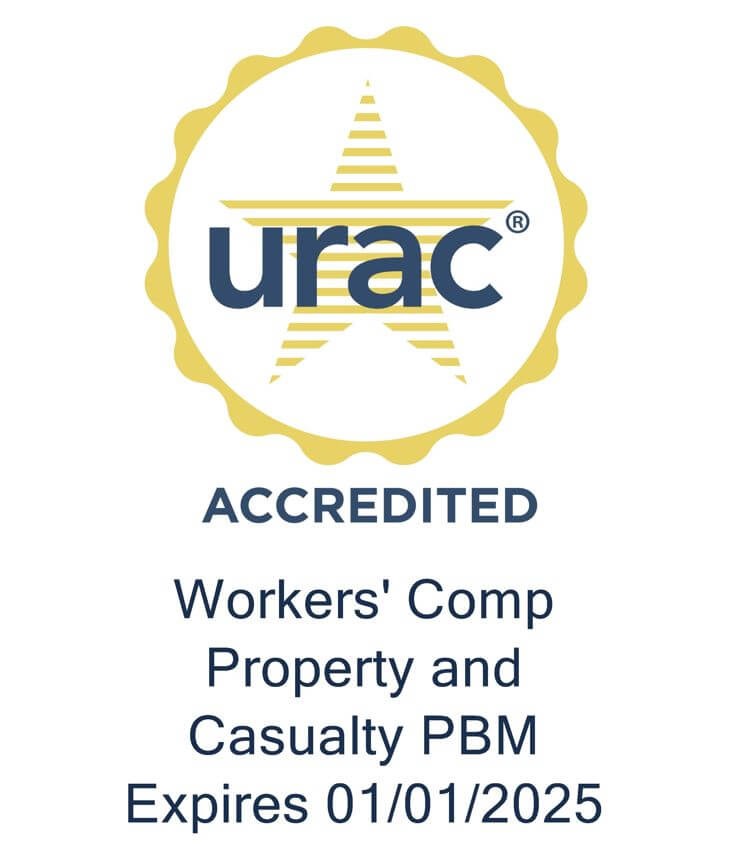The U.S. House of Representatives Energy and Commerce Committee met on March 13th to consider bills to lower drug prices, going over proposals that would punish drug manufacturers for employing tactics that delay the introduction of generic competition to the market.
This development is just the latest in a series of federal actions taken to address high drug prices, an issue that impacts healthcare professionals across the board, including those in the workers’ compensation industry.
Earlier in March, the United States Senate Special Committee on Aging held a hearing on the complex web of prescription drug prices, just weeks after the Senate Committee on Finance held the latest in a series of hearings on drug pricing in America. The Finance Committee called several pharmaceutical executives to testify and explain their pricing practices, with some CEOs agreeing that pricing reform is necessary as the current model is not sustainable.
Testifying executives had varying levels of agreement on how much government regulation is necessary to curb ever-increasing drug prices, and many executives favored rebate reforms proposed by the Trump Administration in a blueprint written last year to lower drug prices, along with initiatives targeting PBM practices, claiming that these initiatives would allow companies to pass on savings to payers and consumers. However, many have argued that this course of action does not directly require pharmaceutical companies to set lower initial prices, which could very well be the root of the problem.
Regardless, the issue of high drug prices is an incredibly complex problem, and while it seems federal regulators are taking a strong and even bipartisan approach to understanding and addressing the problem, there is currently no agreement on what measures must be taken.
Healthesystems previously addressed how the drug price debate will be a topic to watch in 2019, exploring the different types of initiatives proposed by varying parties, including:
- Bills to bring generic drugs to market sooner
- Allowing prescription drug imports from Canada
- Permitting collective drug price negotiation by Medicare
- Removing patents for drugs deemed “excessively priced” as determined by comparing U.S. prices to those in other countries and other criteria
- Allowing government-controlled manufacturing of drugs
- Ending the current patent-protection system for pharmaceuticals and replacing it with a government sponsored incentive system to develop needed drugs
With so many options for such a complex problem, it seems that carving a clear path forward may be difficult, requiring a multipronged approach made up of several initiatives, indicating that the future may see a flurry of different reforms, especially as different individual states propose their own solutions.
According to the National Academy for State Health Policy, there are currently 79 active bills in state legislatures across the country designed to lower pharmaceutical costs. And with many states currently operating or in the process of implementing formularies, we could see this issue managed in a diverse manner throughout the U.S.
But beyond reforms driven by lawmakers, some federal agencies are taking action where they can to lower drug prices; the FDA has enacted various initiatives over the last several months to help drug developers expedite the generic drug approval process, while back in January the Centers for Medicare & Medicaid Services (CMS) announced a new model to lower drug prices in Medicare Part D. This CMS action in particular could impact workers’ comp, as certain state fee schedules are based on CMS standards.
While it is not certain yet just how the drug price problem will be approached, from a workers’ comp perspective it should be noted that an effective way to reduce overall costs is to employ constructive clinical oversight and drug utilization management focused on outcomes, ensuring that drug use in a patient population is as efficient as possible to reduce unnecessary utilization and spending.






